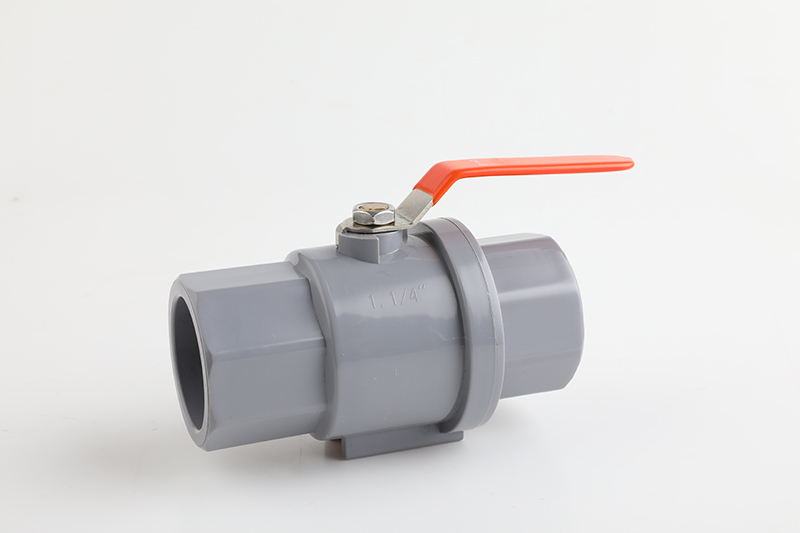Valve is a control component in the fluid conveyor system, which has functions such as truncation, adjustment, diversion, preventing counter current, regulating voltage, diversion or overflow pressure.
There are many types of valves, and it can be divided into:
1. Tripping valve class: It is mainly used for cutting or connecting the medium flow. Including the gate valve, the deeper valve, the diaphragm valve, the rotor valve, the ball valve, the butterfly valve, etc.
2. Classification valve class: It is mainly used to regulate the flow, pressure, etc. of the medium. Including regulating valves, throttling valves, pressure reduction valves, etc.
3. Stop back valve class: It is used to prevent the medium from reverse. Including the stop valve of various structures.
4. Dives valve class: used to distribute, separate or mixed mediums. Including allocation valves and hydrophobic valves of various structures.
5. Safety valve class: used for over -pressure safety protection. Including various types of safety valves.

Valve material:
1. Non -metallic material valves such as ceramic valves, glass fiber reinforcement valves, plastic valves, such as PVC and ASB material valves.
2. Metal material valves such as copper alloy valve, aluminum alloy valve, lead alloy valve, titanium alloy valve iron valve, carbon steel valve, low alloy steel valve, high alloy steel valve, cast steel valve. Multi -cast steel and above valves are used in areas with high frost resistance.
3. Metal valve body lining valves such as lead lining valve, plastic lining valve, lining enamel valve, and tetramel fluorine valve. Commonly used in corrosive sewage engineering.
gate
The gate valve is used as a deadline, and the entire circulation is directly connected when it is fully opened. The gate valve is usually suitable for working conditions that do not need to open and close, and keep the gate open or fully closed. Not applicable to use as a regulatory or throwing. For high -speed flowing media, the gate can cause the vibration of the gate under the local opening condition, and the vibration may damage the seal of the gate and valve seat, and the throwing will cause the gate to be eroded by the medium. The gate valve can be suitable for low temperature pressure or high temperature and high pressure, but generally not used to transport pipelines such as mud and other media.
Advantages: ① The fluid resistance is small; ② the torque required for opening and closing is small; ③ can be used on the ring mesh pipeline flowing in the two directions, that is, the flow of the medium is not limited; The corrosion of the medium is small than the truncated valve; ⑤ The structure of the body is relatively simple, and the manufacturing process is better; ⑥ The length of the structure is relatively short.
Disadvantages: ① The size and opening height are large, and the space that needs to be installed is also large; ② During the opening and closing process, the sealing person is relatively friction, the damage is large, and it is easy to cause abrasion at high temperature; ③ The general gate valve has two seals, which adds some difficulties to processing, grinding and maintenance;
Shut-off valve
The truncant valve is used to cut off the medium flow.
Post time: Apr-14-2023

